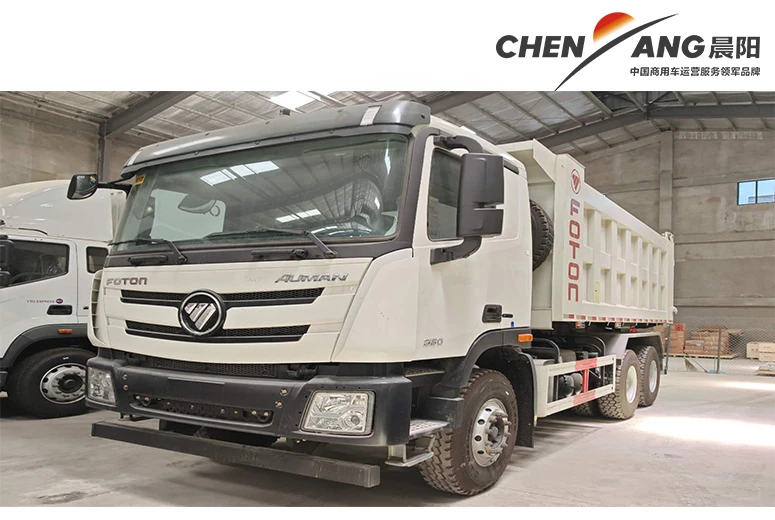trailer safety chains
The Importance of Trailer Safety Chains Ensuring Secure Towing
When it comes to towing trailers, safety should always be the top priority. One of the often-overlooked yet vital components in ensuring a safe towing experience is the safety chains. These chains play a critical role in preventing accidents and minimizing potential damage in the event of a trailer detachment. However, many people are unfamiliar with their proper use and significance. This article will delve into the importance of trailer safety chains and provide essential tips for their effective application.
Understanding Safety Chains
Safety chains are designed to provide an added layer of security when towing a trailer. Unlike the primary hitch, which connects the vehicle to the trailer, safety chains act as a backup. In the unfortunate event that the primary hitch fails or becomes disengaged, these chains can help keep the trailer attached to the towing vehicle. This not only prevents the trailer from completely detaching but also drastically reduces the risk of it swerving into oncoming traffic or causing serious property damage.
Legal Requirements
In many regions, the use of safety chains when towing a trailer is not just a safety measure but also a legal requirement. Regulations can vary widely depending on local laws, but many jurisdictions mandate that trailers over a certain weight must be equipped with safety chains. It's crucial for anyone who plans to tow a trailer to familiarize themselves with the specific regulations in their area to ensure compliance. Failing to adhere to these rules can result in fines and increased liability in the event of an accident.
Selecting the Right Safety Chains
Choosing the appropriate safety chains for your trailer is essential. The chains should be strong enough to support the weight of the trailer and any cargo it carries. Look for chains that are rated for the trailer's Gross Vehicle Weight Rating (GVWR) and are constructed from durable materials. Additionally, chains should be long enough to allow for proper attachment but not so long that they become slack during towing.
trailer safety chains

Proper Attachment and Usage
The effectiveness of safety chains largely depends on their proper attachment. Here are some essential tips for ensuring they are used correctly
1. Crossing the Chains When connecting the safety chains to the towing vehicle, crisscross them under the trailer tongue. This configuration creates a cradle effect that helps catch the trailer if it detaches, preventing it from dragging on the ground.
2. Maintaining Tension Ensure that the chains are taut but not overly tight. Slacken chains can lead to dangerous sway, while overly tight chains can increase the risk of breakage.
3. Inspections Regularly inspect your safety chains for signs of wear, such as rust or fraying. Chains that show signs of deterioration should be replaced immediately to maintain safety.
4. Height Considerations Ensure that the chains are not too high or too low when attached, as this can affect their effectiveness and increase the risk of drag.
Conclusion
Trailer safety chains are a crucial yet often underestimated component of towing. They provide an essential backup mechanism that can prevent disastrous accidents and ensure safety on the road. By understanding their importance, adhering to local regulations, selecting appropriate chains, and using them correctly, drivers can significantly enhance their towing experience. Remember, safety is paramount when it comes to towing, and investing a little time in getting it right can yield significant dividends for you and others on the road.
-
SINOTRUK HOWO 84 Electric Dump Truck for Eco-Friendly Heavy HaulingNewsJul.26,2025
-
The Fast 16-Gear Manual Transmission Assembly for Heavy TrucksNewsJul.25,2025
-
Mercedes Benz Actros 1848 42 Tractor Truck for Sale - Reliable PerformanceNewsJul.24,2025
-
High-Quality Water Pump Assembly for Sinotruk Trucks – Durable & ReliableNewsJul.23,2025
-
Premium Truck Engine Antifreeze Coolant Fluid for Heavy Duty VehiclesNewsJul.22,2025
-
FOTON View G7 Mini Bus: Affordable & Spacious TransportNewsJul.22,2025
Popular products

























